When Charlie Gilmore set out to build a chopper, there wasn’t much competition for suitable donor parts, as nobody else in Georgia had built one. He moonlighted at a Harley-Davidson shop while still a prosecuting attorney in the Army, and found a ’68 FLH Shovelhead motor leaning against a wall in a corner of the shop. It bore sanguine evidence of a road fatality, but that didn’t deter him; he began collecting other parts from the salvage pile to make a whole machine.
The frame was a standard 1965 swingarm model, onto which he grafted a Knucklehead rigid rear end. To raise the steering head, and make the seat tube fit, he used a very long steel bar inside the frame tube to bend as required, tacking the parts together with weld; ‘It was crude but it worked, and riding was the final way of finding out if the frame was straight.’ His chopper evolved until 1974, when it arrived in the form seen here. He had help from his brothers, both well-known motorcycle racers, and messing with bikes was a family affair. Most of the parts used on the chopper were H-D, like the wheels, dual disc brakes, fork sliders, and triple clamps, although the coffin tank and seat were catalog ordered, then altered to fit. His brother Tator modified the cylinder heads for twin spark plugs for extra performance, and bored and stroked the motor to 86 cubic inches, 1400cc. It retains the kick-starter, but Charlie was grateful for the ‘electric boot’, as the kickback from a hot motor is sharp. The mural work on the paint job was done by a local airbrush master, ‘Vilio’, who ‘only worked when he was hungry. It took a while.’ Some things are worth the wait, and this was Charlie’s main ride for many years; a perfect example of a home-made chopper built for riding in the 1970s.
Leave a Reply
Want to join the discussion?Feel free to contribute!
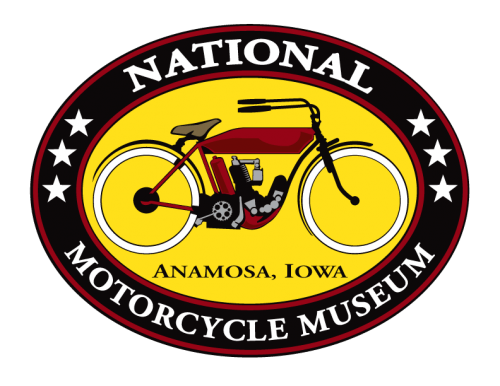
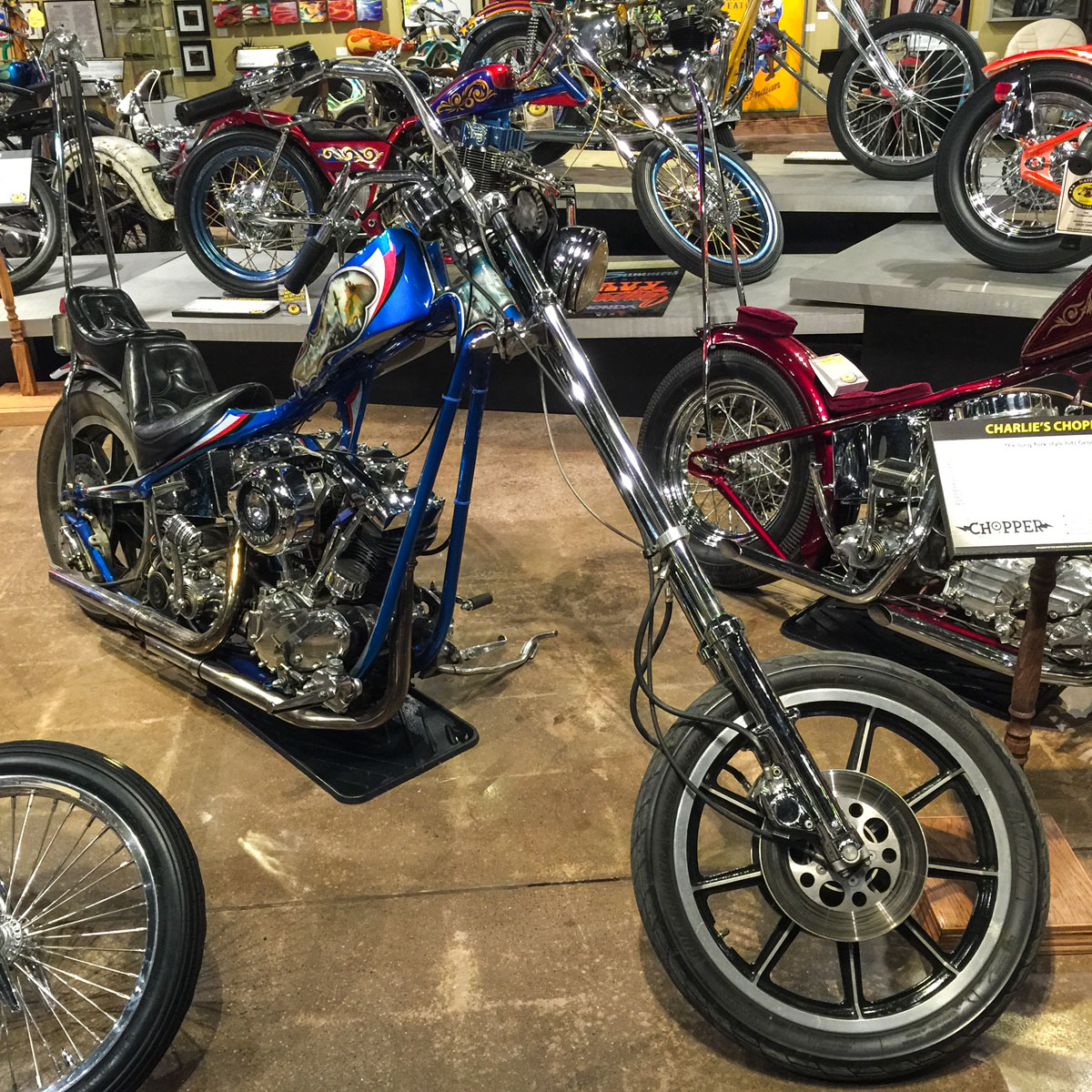
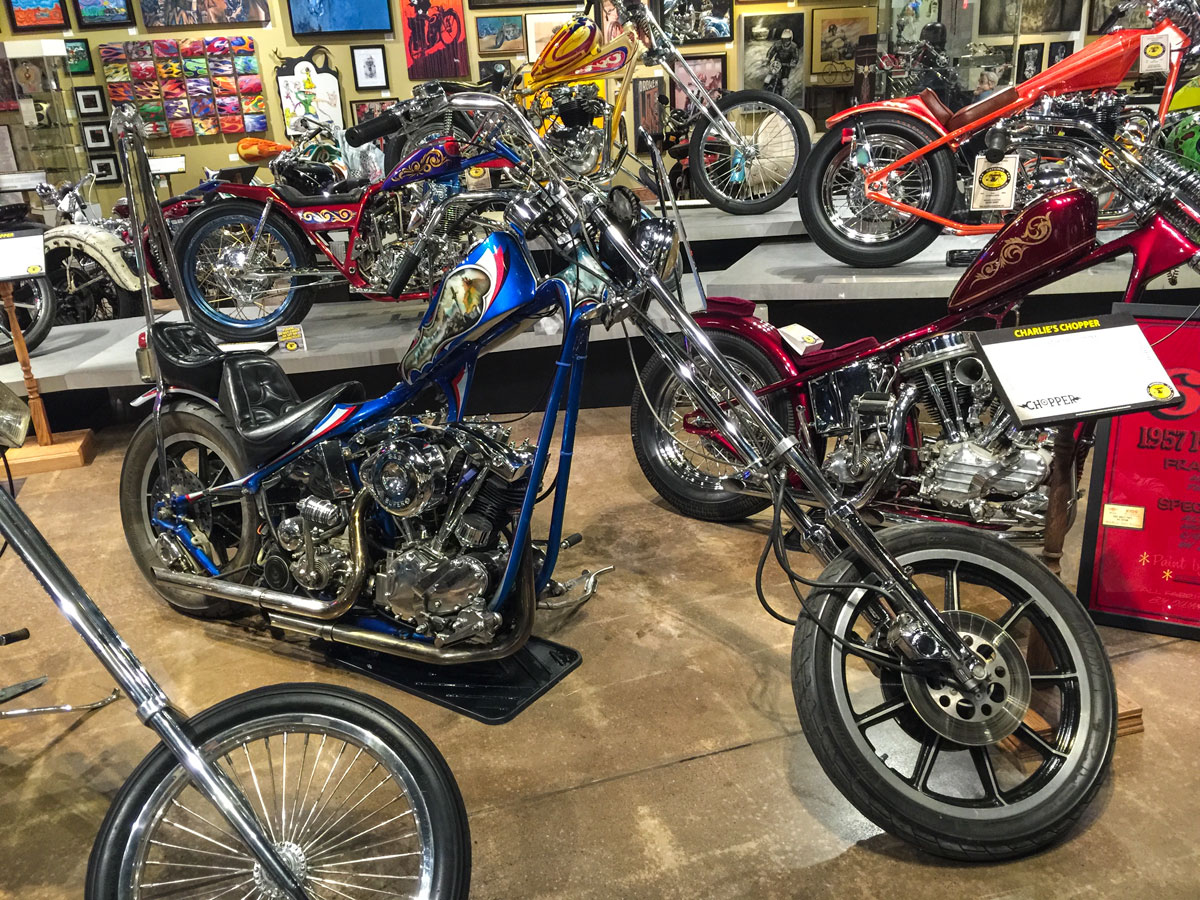
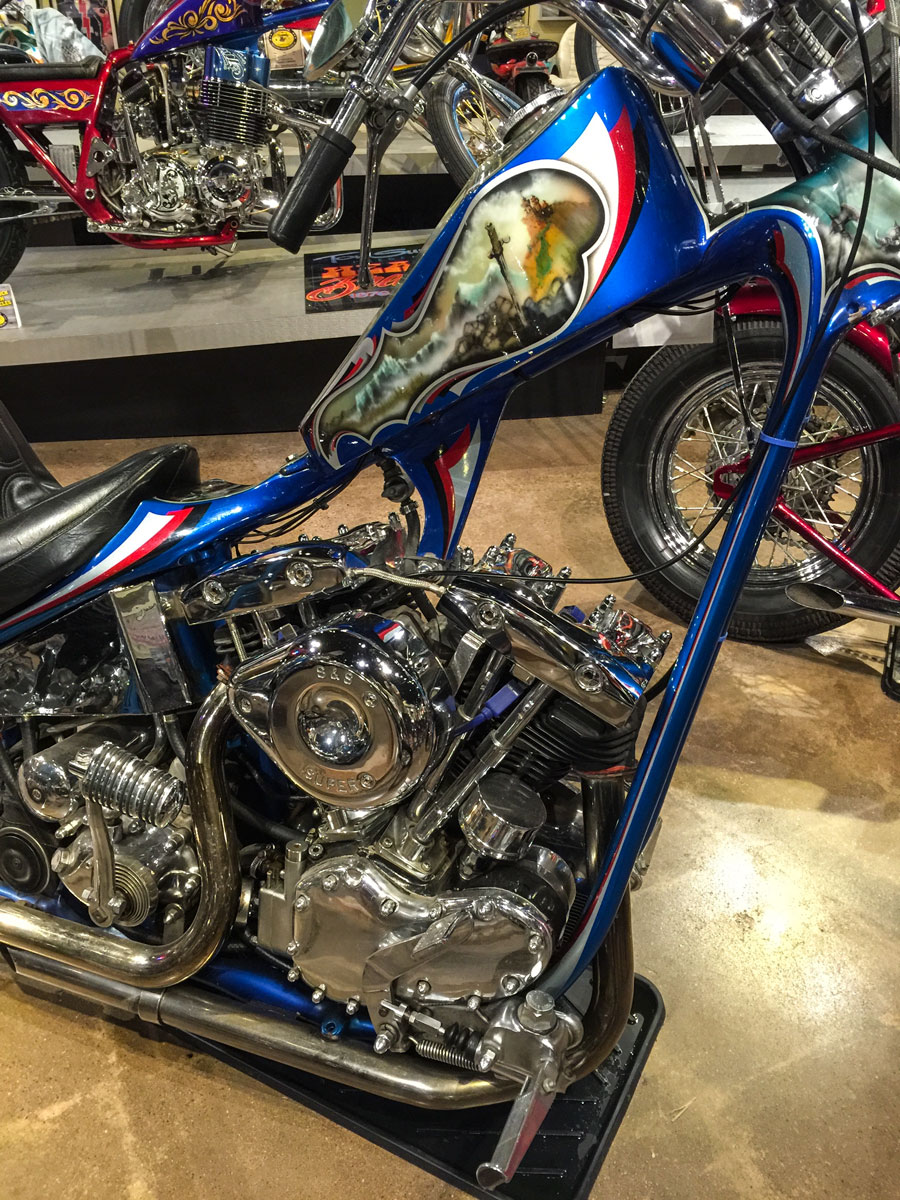
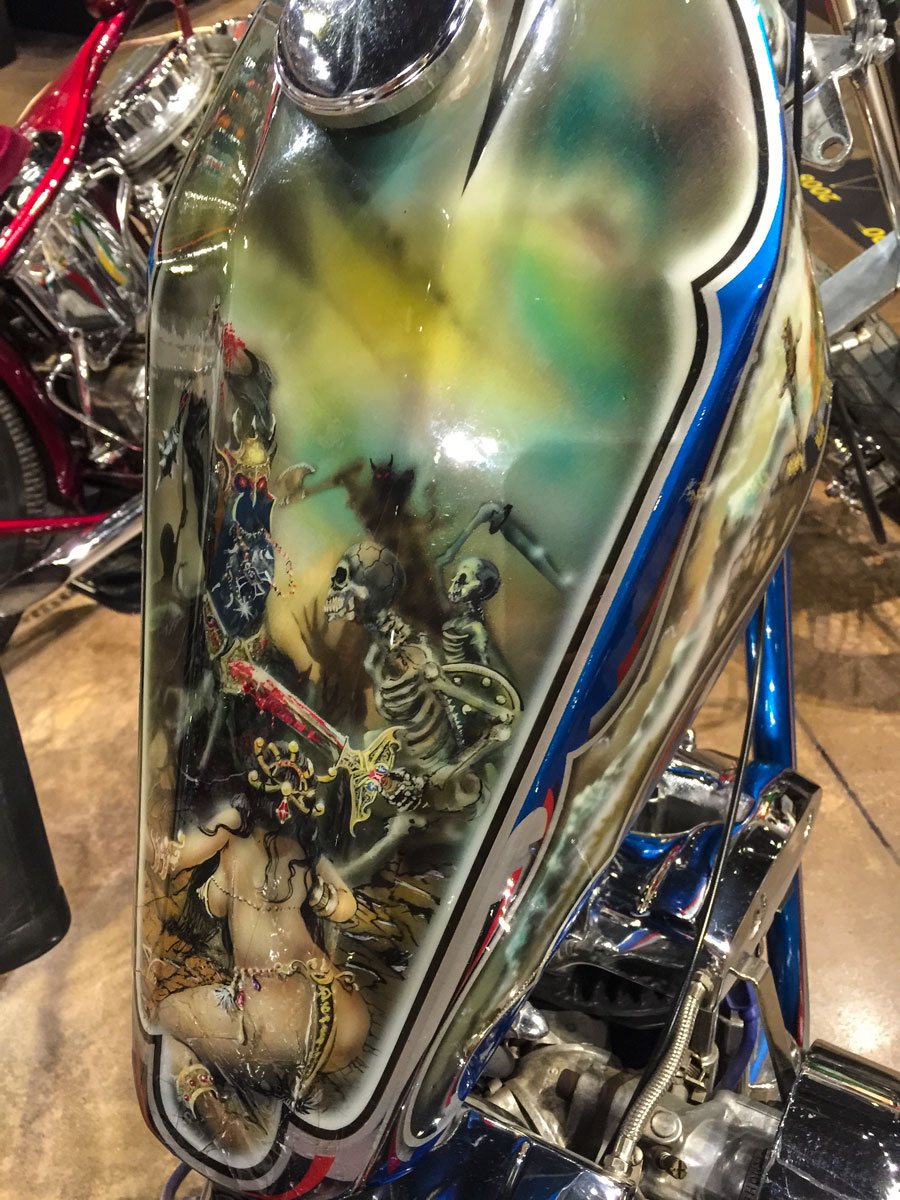
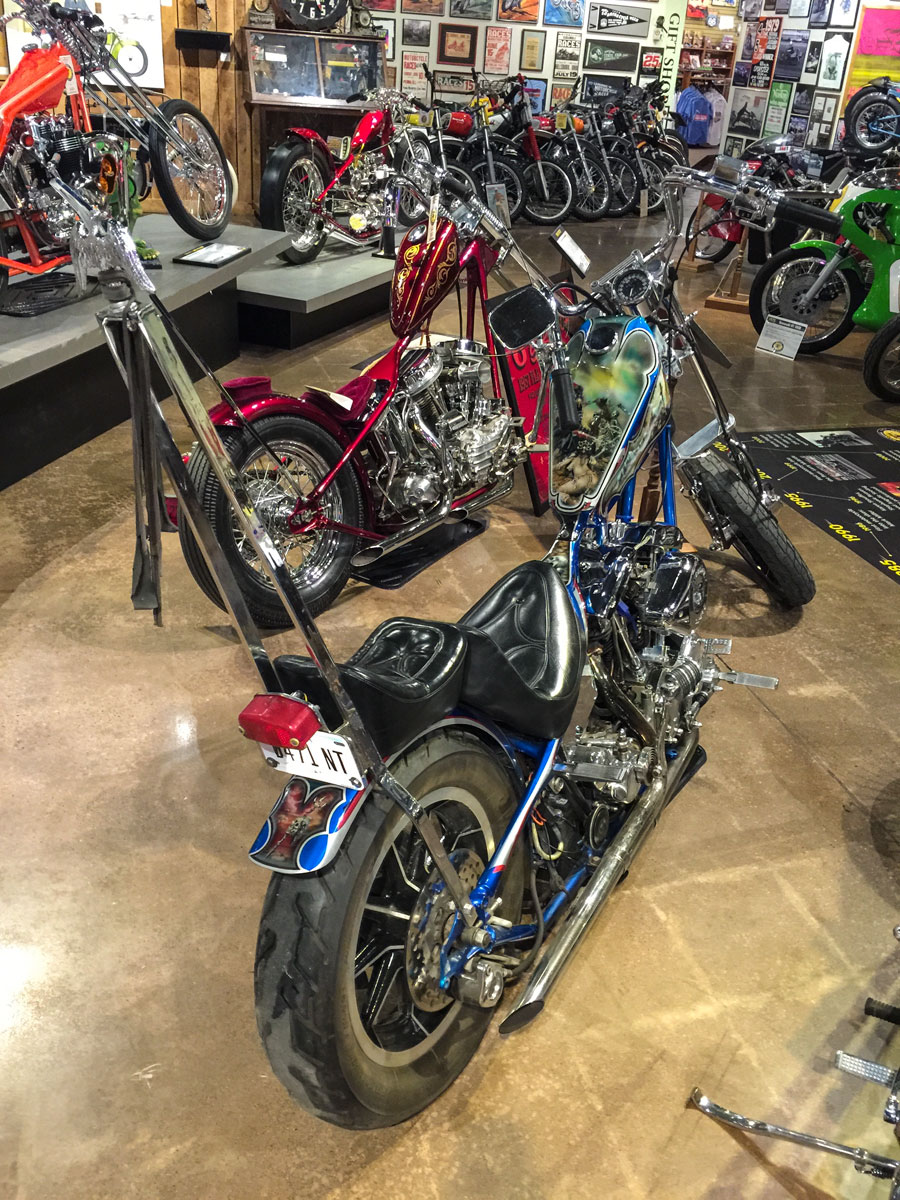
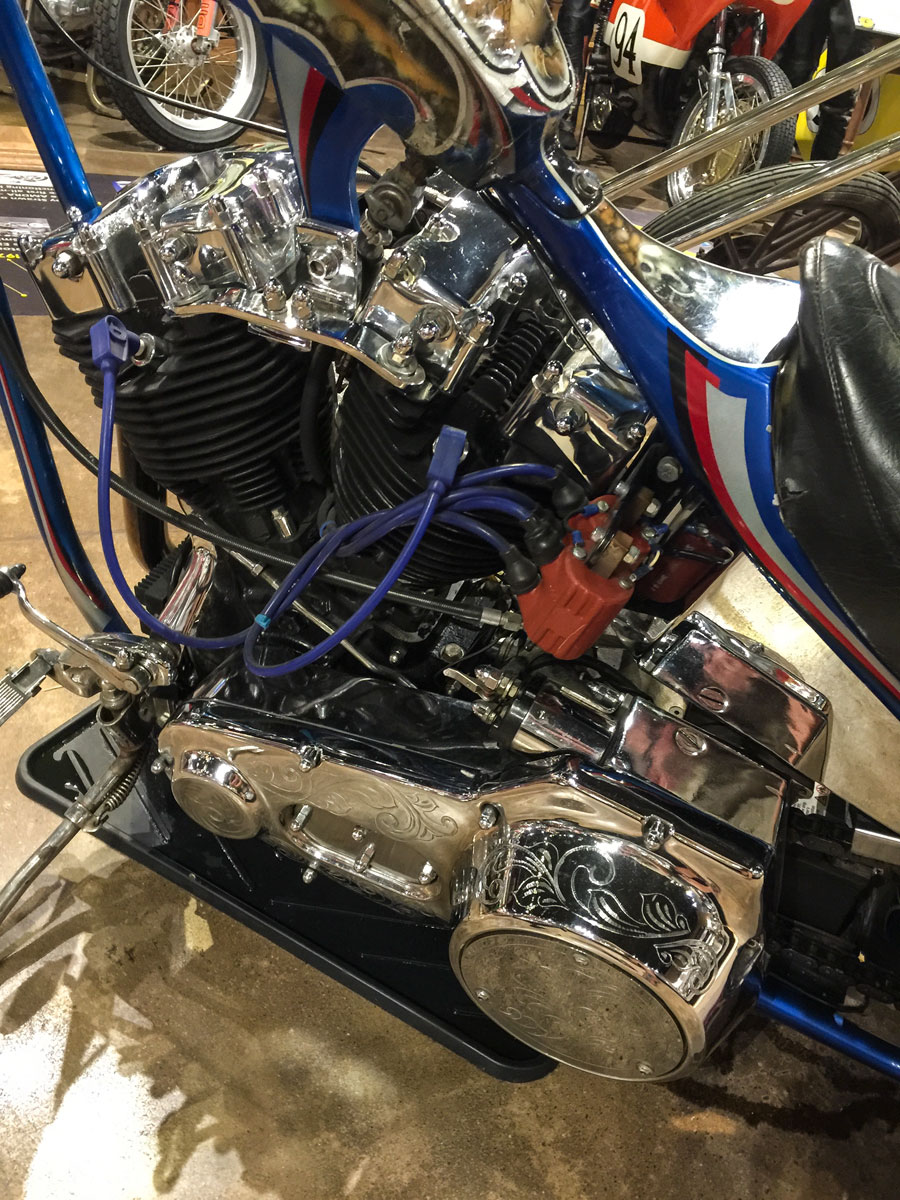
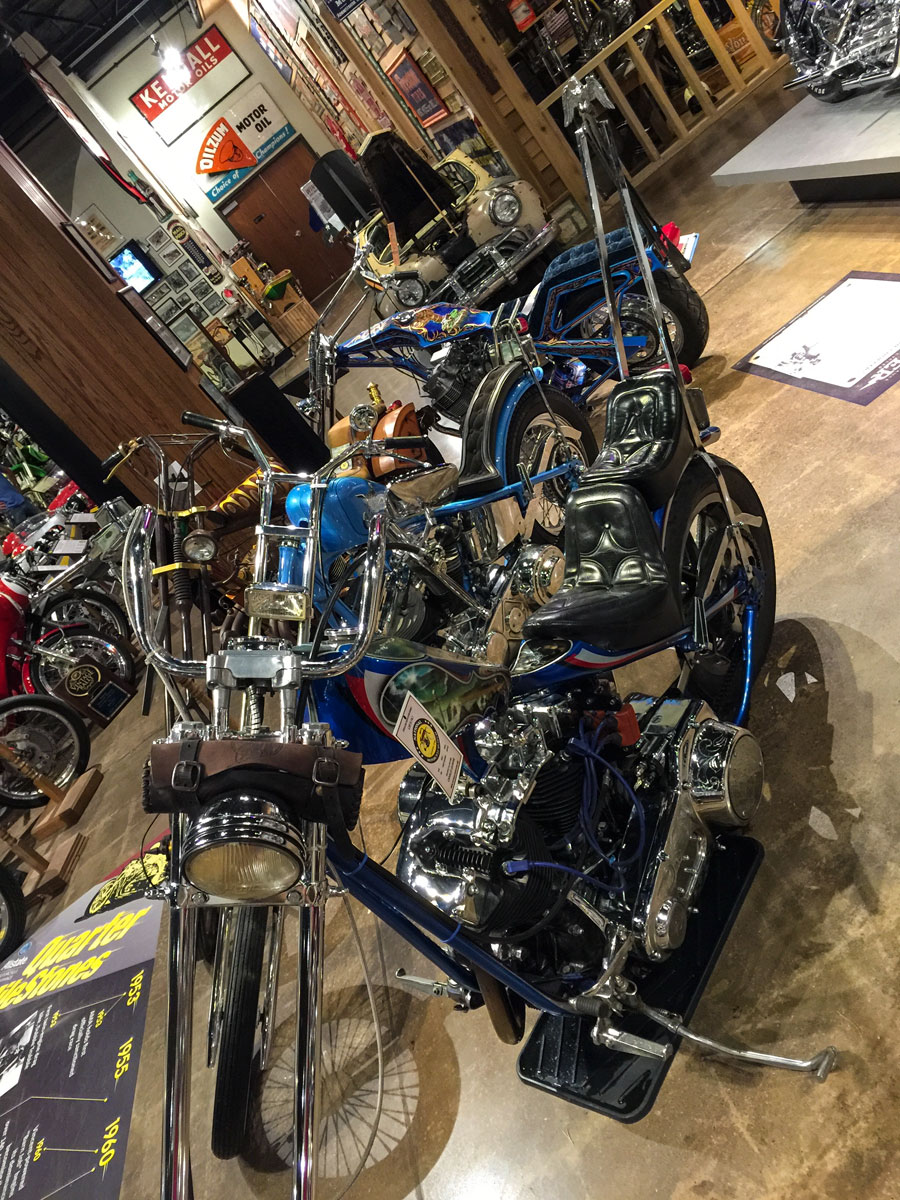
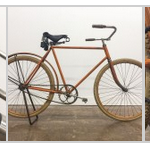
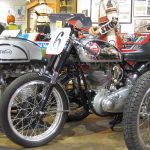
I have a chopper that I built in 1972, you may want to show, greg